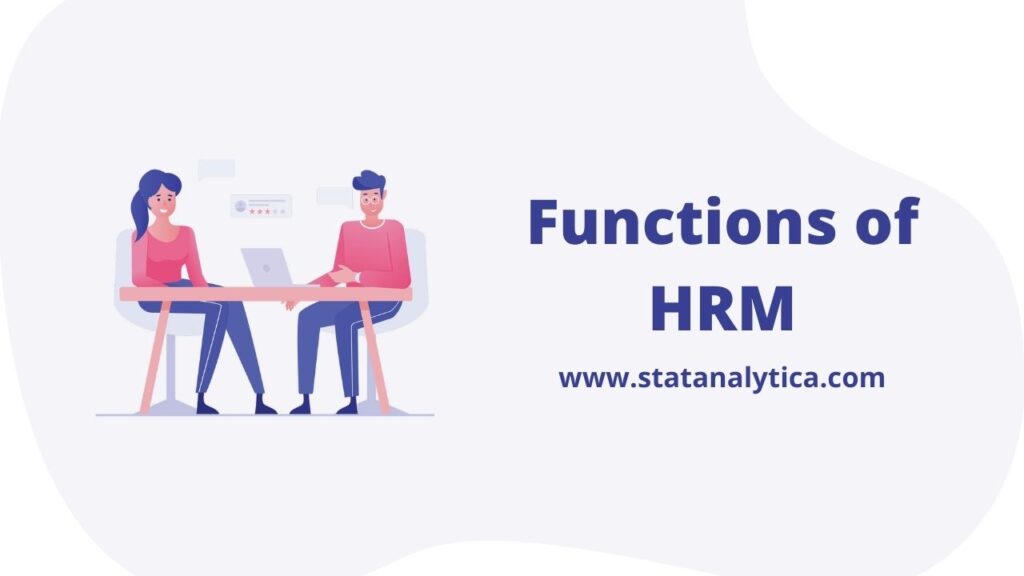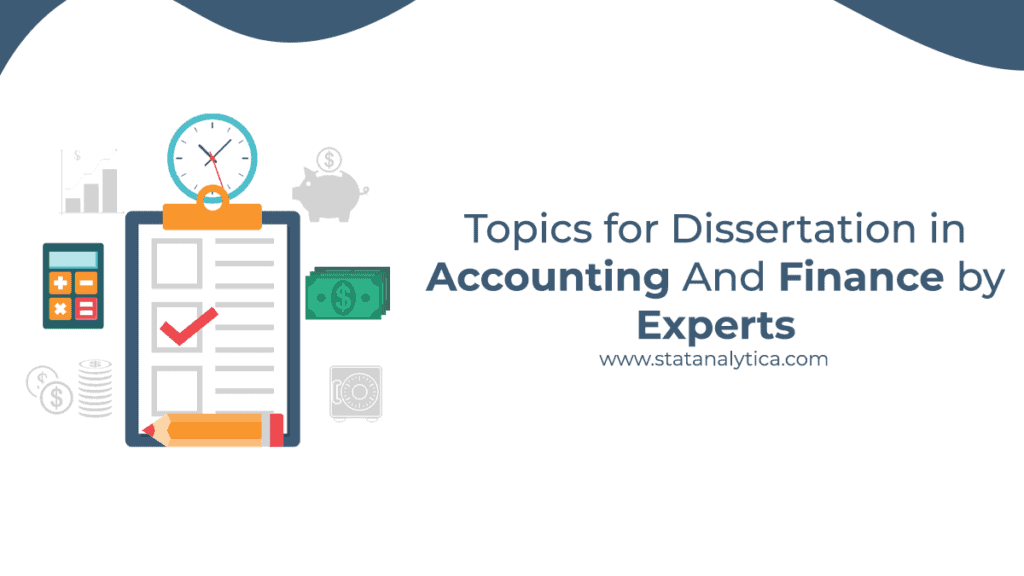Here in this blog, you will know about the functions of HRM and these HRM functions are very helpful to you. HRM ensures that the organization runs smoothly. For work requirements, the method starts with developing suitable policies and concludes with securing the company’s continued performance. As a result, HRM is an unseen force that attaches all parts of an organization to ensure seamless advancement.
Organizations have become more people-centric than ever before in the modern era, mainly because this technique pays off in the form of enhanced employee performance and decreased turnover rates. HRM is critical in allowing employers and organizations to achieve their goals.
HRM functions are extremely important for an organization’s growth and overall development. After all, as employees improve and enhance their skills, the company grows and expands as well. Job design and analysis, recruitment/hiring and selection, training and development, compensation and benefits, performance management, managerial relations, and labor relations are some of the key functions of HRM.
Top Most HRM Functions
Table of Contents
There are so many functions of HRM, and some of them are the following which are shown below:
1. Job Design & Job Analysis
Job design and analysis are two important functions of HRM. The process of specifying the job’s roles, operations, and responsibilities is known as job design. It is critical to establish the characteristics of an ideal applicant who would be fit for the position in order to choose the proper personnel based on logic and study. This can be completed by highlighting your top-performing employee’s abilities and personality attributes. To determine the type of individual you desire for the job, it will assist you. You will be able to decide on the candidate’s critical minimum qualifications or experience.
The job analysis process includes describing job needs such as professional experience, abilities, and qualifications. Essential day-to-day responsibilities must be defined and outlined in detail to determine the recruiting strategy.
2. Employee Hiring & Selection
Recruitment is one of the essential functions of HRM. It involves recruiting and hiring able and efficient employees to meet the company’s goals and objectives. This process begins with selecting the best personnel from a pool of qualified individuals. Now, companies use advanced technology, such as AI Recruitment Software, to streamline and improve the hiring process.
After locating and identifying, HRM assists the candidate, which can be the best for interview and selection. The prospects are then put through a thorough screening procedure to weed out the most qualified individuals from the pool. To prepare for the job, the candidates who are selected are then put through a series of interviews to assess and evaluate their abilities, knowledge, and work experience.
After the fundamental duties functions of HRM in recruitment have been fulfilled, and the candidate has been selected after rounds of interviews, they are given a job offer in the desired role. After all, these chosen individuals will assist the organisation in achieving its goals and objectives, thus this procedure is critical.
3. Employee Training & Development
The training provided to the selected people and their growth, HR is responsible for it. After all, the organization’s performance is determined by how well candidates are prepared for their jobs and the organization’s possibilities for growth and development.
HR should ensure that new workers get the company-specific information and skills they need to do their jobs well. This improves the workforce’s overall efficiency and productivity, resulting in increased revenue for the company.
HRM is critical in preparing people for larger duties and responsibilities, which leads to comprehensive employee development at work. A strong company offers its people plenty of opportunities for growth and development.
4. Compensation & Benefits
Benefits and compensation account for the majority of an organization’s total cost. It is vital to remove the budget plug while also adequately compensating staff. As a result, human resource management’s responsibility is to create appealing yet efficient benefits and compensation packages to lure more personnel to the workplace without jeopardizing the company’s finances.
The purpose of benefits and compensation is to ensure that everyone receives equitable and fair payment. HR can also use benefits and compensation to enhance employee productivity while establishing a positive public image.
As a result, one of the essential functions of the HRM department is establishing clear rules and policies for employee benefits and compensation. One of the responsibilities of the HR manager is to guarantee that these policies and procedures are followed correctly. This establishes equality and transparency among employees and management within the company. After all, employee job satisfaction is directly related to their pay and perks.
5. Employee performance management
Good employee performance management is the next activity on the HR responsibilities list. Effective performance management ensures that employees’ output meets the organization’s goals and objectives. Performance management focuses not only on the employee’s performance but also on the team, department, and organization’s overall performance.
6. Employee engagement and communication
Employee engagement is a key component of any business. Better productivity and employee satisfaction are guaranteed with higher levels of engagement. While improving staff retention rates, employee engagement initiatives also help. To smoothly manage employee engagement, HRM is the perfect one for it. Employees and the organization will benefit greatly from effective communication and engagement. Employees will be more devoted and motivated if they are more engaged.
Human resource departments have a greater understanding of the organization’s “people” than anyone else. This provides them with a leg up on the competition when it comes to arranging engagement initiatives. Although such activities may not directly fall under the functions of HRM, they are necessary for the organization’s well-being and employer branding.
7. Health and safety regulations
Every employer should be required to observe the government’s health and safety regulations. Our labour laws require that every business provide whatever training, supplies, personal protective equipment, and important information is required to safeguard the safety and health of its employees. The appropriate technique to maintain employee safety is to integrate health and safety requirements with corporate practices or culture. One of the most significant functions of HRM is to make these safety rules a part of the company’s actions.
8. Personal support for employees
HRM helps employees who are having personal issues that are interfering with their work. HR departments aid employees in need in addition to performing administrative duties. Since the epidemic, there has been a significant increase in the need for staff support and assistance. During the peak of the epidemic, for example, many employees need additional time off and medical support. Companies provided aid to people who asked for it, whether it was in the shape of insurance support or more leave.
9. Succession Planning
HRMs are responsible for succession planning. Its goal is to plan, monitor, and manage the employees’ internal growth paths.
Typically, prospective and bright individuals who have excelled in their responsibilities within the firm are handpicked by their supervisors and HRs, and their growth paths are designed.
Of course, this is crucial since employees who perceive that the company is investing in their growth and development will remain loyal in the long run. However, while grooming such individuals for a higher position, employers must consider a number of factors, including increasing employee engagement and offering difficult assignments and activities.
Employee departures can be disruptive and costly for the company. As a result, succession planning serves as a sort of savior. It helps to identify the best replacement for the departing employee.
Conclusion
In this blog, you learned about the functions of HRM. We tried to cover all the important HRM functions. If you are facing any problems regarding your HRM assignment, don’t worry; we will help you. So, if you want HRM Assignment Help or HRM Homework Help, then feel free to contact us or comment below.

